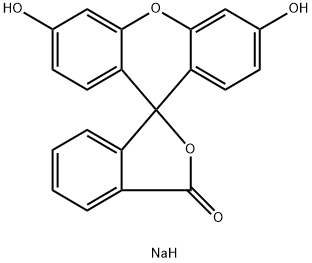98% , 71-27-2
Synonym(s):
Bis(trimethylammonioethyl) succinate chloride;Succinylcholine chloride dihydrate;Succinyldicholine dichloride
CAS NO.:71-27-2
Empirical Formula: C14H30Cl2N2O4
Molecular Weight: 361.3
MDL number: MFCD00038725
EINECS: 200-747-4
PRODUCT Properties
| Melting point: | 164 °C |
| storage temp. | Refrigerator |
| solubility | Methanol (Slightly), Water (Slightly) |
| form | Solid |
| color | White to Off-White |
| Merck | 8875 |
| Stability: | Stable. Combustible. Incompatible with strong oxidizing agents. |
| CAS DataBase Reference | 71-27-2(CAS DataBase Reference) |
| EPA Substance Registry System | Succinylcholine chloride (71-27-2) |
Description and Uses
Succinylcholine chloride is a potent relaxant of voluntary striated muscle but has little direct effect on smooth muscle. It has no anesthetic or pain-obliterating properties; therefore, immobilized animals remain completely conscious although unable to move. The duration of effect is quite brief because succinylcholine is rapidly destroyed by non-specific cholinesterases in the blood plasma and liver. Immobilization lasts five to 12 minutes in man and horses and somewhat longer in other species,with ruminants generally requiring longest recovery periods (Stowe et al. 1958).
Since the discovery of its curariform properties in 1949, succinylcholine has been widely used for immobilization of animals and in human surgical procedures. Several workers have used succinylcholine on bears (Black 1958, Knudsen 1959, Craighead et al. 1960, Troyer et al. 1961,Hornocker 1962, Mundy 1963,Pearson et al. 1968, Jonkel and Cowan 1971 and Mundy and Flook 1973).
Succinylcholine chloride is indicated as an adjunct to general anesthesia, to facilitate tracheal intubation, and to provide skeletal muscle relaxation during surgery or mechanical ventilation.
A neuromuscular blocking agent. Muscle relaxant (skeletal).
Safety
| Symbol(GHS) |  GHS06 |
| Signal word | Danger |
| Hazard statements | H315-H332-H301-H335-H319-H311 |
| Precautionary statements | P264-P280-P302+P352-P321-P332+P313-P362-P261-P271-P304+P340-P312-P264-P280-P305+P351+P338-P337+P313P-P280-P302+P352-P312-P322-P361-P363-P405-P501-P264-P270-P301+P310-P321-P330-P405-P501 |
| Safety Statements | 7/8 |
| RIDADR | 3249 |
| RTECS | GA2360000 |
| HazardClass | 6.1(b) |
| PackingGroup | III |
| Toxicity | LD50 i.v. in mice: 0.45 mg/kg (Anttila, Ertama) |





